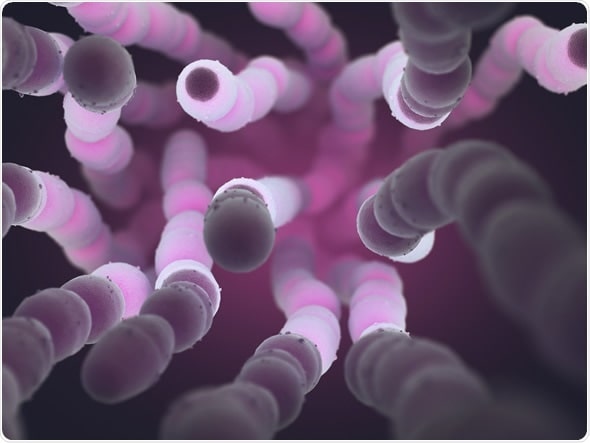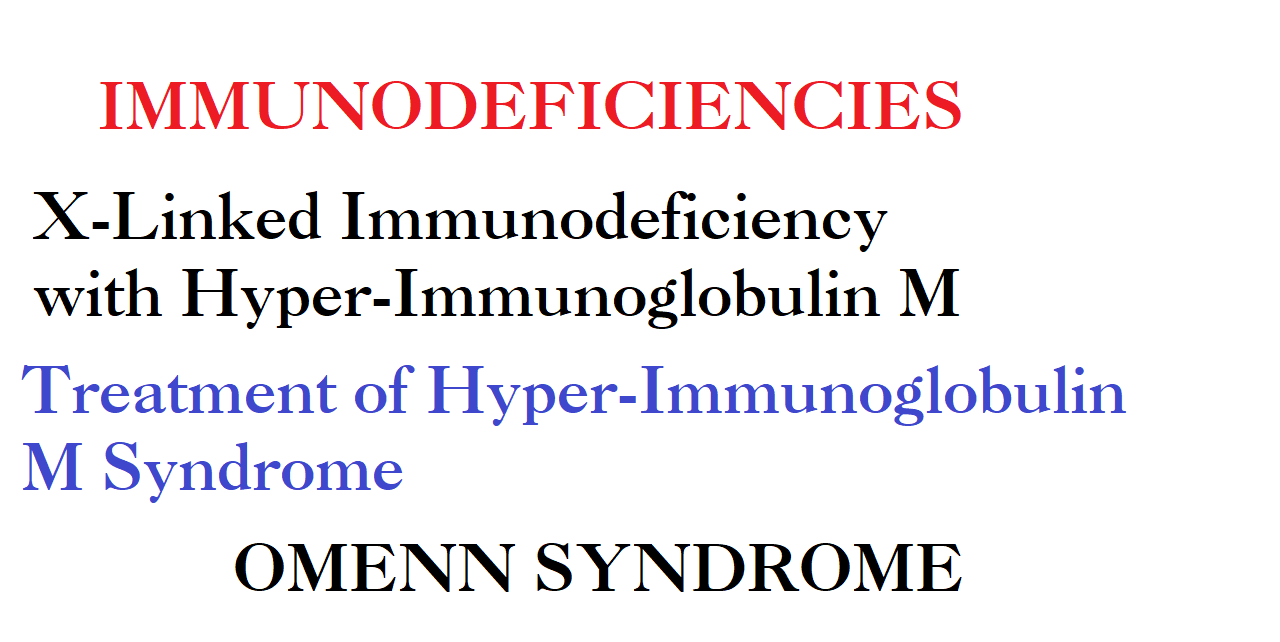Table of Contents
X-Linked Immunodeficiency with Hyper Immunoglobulin M
Hyper-IgM was the initial term for the condition (HIGM). The most frequent type (XHIGM or HGM1), on the other hand, is passed down as an X-linked recessive characteristic. On activated T cells, people with HIGM lack a functional CD40 ligand (CD40L). Switching between antibody classes necessitates CD40L activation. These people have high amounts of the high-molecular-weight IgM antibody, but they can’t make the other antibody kinds that defend them from germs and viruses. Because CD40L is required for interaction with monocytes and dendritic cells, CD4Th1 immunity is also harmed. Individuals who are infected with Haemophilus influenzae and Streptococcus pneumoniae experience recurrent infections. Reduced cellular immunity is reflected in opportunistic infections with Pneumocystis carinii and Cryptosporidium.

Treatment of Hyper-Immunoglobulin M Syndrome
The goal of pharmacotherapy is to prevent infections. Intravenous or subcutaneous immunoglobulin replacement remains the mainstay of therapy. Treatment significantly decreases the incidence of lower respiratory tract infections such as bacterial pneumonia but has no effect on upper respiratory tract infections.
Omenn syndrome
Omenn syndrome is a severe combined immunodeficiency with an autosomal recessive inheritance pattern (SCID). Omenn syndrome is caused by a missense mutation in the RAG-1 and RAG-2 genes, which assemble TCR VDJ and VJ genes in neonates. This flaw prevents mature T cells and certain B cells from forming. CD3 and/or TCR-expressing cells are absent in infants. Skin, on the other hand, has a significant amount of / T cells. Desquamation of the skin is common. Without bone marrow transplantation, most affected children do not survive.
